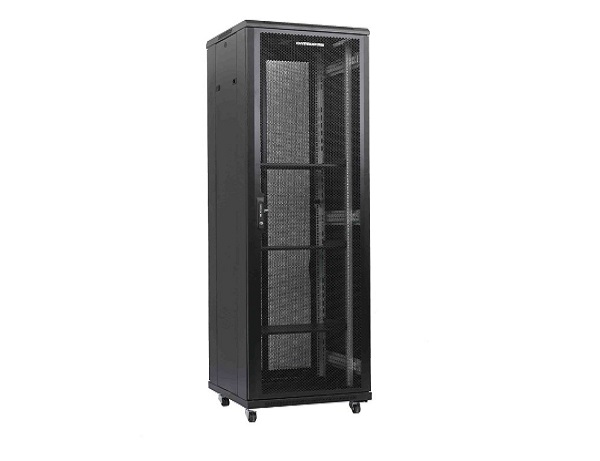News
Site Editor
 Site
https://leonetworkgroup.usa18.wondercdn.com/uploads/image/5fe152faa587d.png
Patch cables are essential in network infrastructures, and Cat6 cables are increasingly becoming the preferred choice for high-speed data transmission. Cat6 cables offer a significant improvement over their predecessors, enhancing network performance and providing reliable data transmission. However, like any other cable, Cat6 cables may suffer damage during installation, normal use, or exposure t
Site
https://leonetworkgroup.usa18.wondercdn.com/uploads/image/5fe152faa587d.png
Patch cables are essential in network infrastructures, and Cat6 cables are increasingly becoming the preferred choice for high-speed data transmission. Cat6 cables offer a significant improvement over their predecessors, enhancing network performance and providing reliable data transmission. However, like any other cable, Cat6 cables may suffer damage during installation, normal use, or exposure t
How To Patch Cat6 Cable
Views: 418
Author: Site Editor
Publish Time: 2023-07-10
Origin: Site
Patch cables are essential in network infrastructures, and Cat6 cables are increasingly becoming the preferred choice for high-speed data transmission. Cat6 cables offer a significant improvement over their predecessors, enhancing network performance and providing reliable data transmission. However, like any other cable, Cat6 cables may suffer damage during installation, normal use, or exposure to harsh environments. Repairing damaged Cat6 cables is essential for continued network operations. In this article, we will outline the steps for patching a Cat6 cable.
Materials needed:
- Cat6 cable
- Cable cutting tool
- RJ45 connectors
- Crimping tool
- Cable tester
Step 1: Cut the Damaged Section
Examine the cable for damages, focus on the damaged section, and use the cable cutting tool to cut it out. Ensure that you remove enough of the cable to avoid cutting through twisted pairs. Leave enough length for terminating the connectors.
Step 2: Strip the Cable
Using the cable stripping tool, strip approximately 2.5 cm of the outer insulation from the cable. Ensure that you do not damage the twisted pairs or the plastic separator between them. Straighten out the pairs, making it easier to arrange them and terminate them correctly.
Step 3: Arrange the Wires
Follow the 568B standard for arranging the wire colors. Hold the cable with the end facing you, with the brown and white-brown wire on the left, followed by blue and white-blue, green and white-green, and finally the orange and white-orange wire on the right. Arrange the wires according to the following sequence: white-brown, brown, white-blue, blue, white-green, green, white-orange, and orange.
Step 4: Terminate the Cable
Attach an RJ45 connector to the cable following the color sequence arranged in step three. Insert the wires into the connector, ensuring that they pass through the end of the connector. Check and confirm that each wire is correctly seated in the connector. Use the crimping tool to terminate the connector, ensuring that it is tight and secure.
Step 5: Test the Cable
Use a cable tester to verify that the cable is functioning correctly. The tester should show a good signal on all eight wires, indicating that the cable is transmitting information successfully.
Conclusion
Patching Cat6 cables is essential for restoring network connections and ensuring continuous network operations. Though the process is simple, it requires careful handling and following the right procedures to avoid further damage to the cable and termination equipment. It is crucial to follow the steps outlined in this article to ensure that your Cat6 cables are correctly patched and providing optimal network performance.
If you want to know more about industrial network cabinet,china fiber optic splice closure,china fiber optic distribution box,please consult the fiber optic splice closure factory









